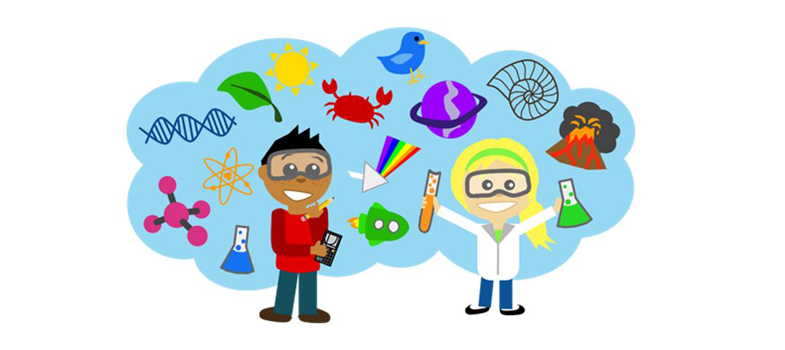1.1 Introduction to Gender Inequality
To begin the course we are going to explore what we mean when we talk about ‘gender’. To start us off let’s think about the differences between ‘gender’ and ‘sex’.
Activity 2 – What is Gender?
Can you identify the correct definitions for each of the following?
Using the following two lists, match each numbered item with the correct letter.
Sex
Gender
Gender roles
Gender identity
a.Refers to the socially constructed roles, behaviours, activities and attributes that a given society considers appropriate for men and women. This and the related power relations are a social construct – they vary across cultures and through time, and thus are amenable to change.
b.A person’s deeply felt internal and individual experience of gender, which may or may not correspond with the sex assigned to them at birth. This may include people who would identify as agender, non-binary, transgender or gender fluid. This can include having two or more genders, having no genders, moving between genders, or having a fluctuating gender identity.
c.Refers to the biological and physiological characteristics that define men and women. At the same time, it may not always be possible to define along the dichotomous lines of male-female only, as is made evident by inter-sexed individuals.
d.The particular economic, social roles and responsibilities considered appropriate for women and men in a given society. These do not exist in isolation, but are defined in relation to one another and through the relationship between women and men, girls and boys.
- 1 = c
- 2 = a
- 3 = d
- 4 = b
Sources:
Medical Women's International Association (MWIA), Training Manual for Gender Mainstreaming in Health, 2002 [Tip: hold Ctrl and click a link to open it in a new tab. (Hide tip)] , pp 10, 19; UN Women, Gender Mainstreaming – Concepts and Definitions
www.un.org/womenwatch/osagi/conceptsanddefinitions.htm;
World Health Organization, Gender, women and health, www.who.int/whatisgender/en. https://www.lgbtyouth.org.uk/yp-transgender
Gender equality
UN Women define gender equality as:
“The equal rights, responsibilities and opportunities of women and menand girls and boys. Gender equality implies that the interests, needs and priorities of both women and men are taken into consideration, recognising the diversity of different groups of women and men (for example: women belonging to ethnic minorities, lesbian women or women with disabilities). Gender equality is a human rights principle.”
Gender Inequality
Despite progress being made toward achieving equal rights; women and girls in the UK continue to experience inequality, discrimination and harassment, and face significant barriers to achieving their full potential. The daily experience of gender inequality ranges from undermining portrayals of women in the media and underrepresentation of women in positions of power, to direct discrimination and breaches of their human rights. Social expectations and assumptions about the abilities, roles and opportunities which should be afforded on the basis of gender continue to define the life chances of women today.
Safeguarding information

